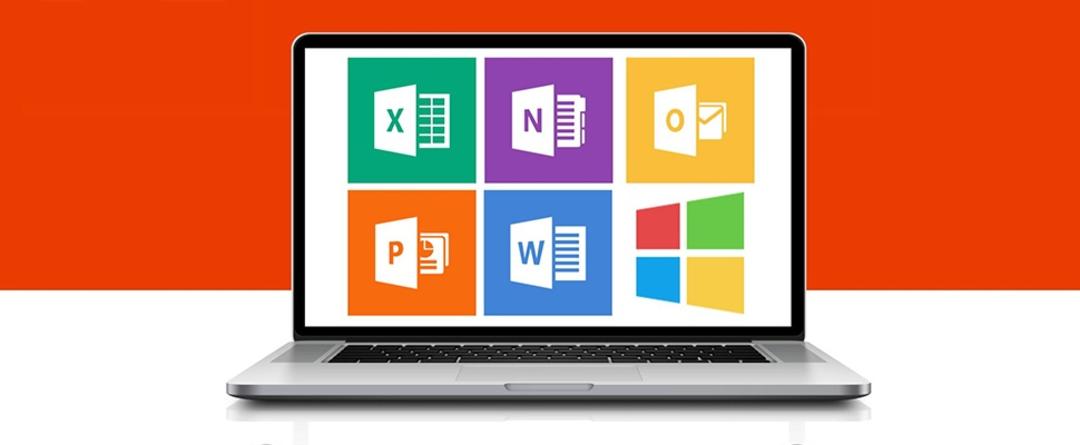When a computer has multiple user accounts, one user can store much more data on the PC than the other. It is even possible for someone to claim so much space that there is little or nothing left for other accounts. Enabling Disk Quotas allows you to allocate disk space.
The Disk Quota feature works exactly the same in Windows 10 and Windows 11. Values are not fixed forever. If another user is not using this space in their quota, the administrator can always allocate additional space to someone. Before you begin, create a restore point to be safe.
You must first disk quota Enable for NTFS formatted drive. Open Windows Explorer and click on the left menu this computer. Right click on the NTFS drive for which you want to set a limit and select . Properties.

Quota Settings
Inside Properties open tab Quota and then click View quota settings. This sets the default limit for new users of this unit. In this window you enable two options: Enable quota management and Deny disk space users over the quota limit.
Then enable the option Maximum disk spaceso you Maximum disk space you can write a certain limit value. Below that you set the alert level. When the user reaches this level, they will see a warning.

Set disk quota
If you press the button now quota statement when you click it, you will read how much disk space a user has consumed from the allocated limit. If you cannot find an account in the columns at this stage Name or User name, then you have to add it manually. use the menu Quota / New Quota Entry. Click on it in the next window Developed. use button search now and double-click the account you want to include in the storage limitation. This way you select a user.
click OK to continue and after that you can Maximum disk space and Warning Level To create. If you later want to change the disk quota for a user, you have to go to the window again. Quota entries for C to go. There, right click on the account you want to change and then Properties. You can then set the quota and alert level.

Source: Computer Totaal













